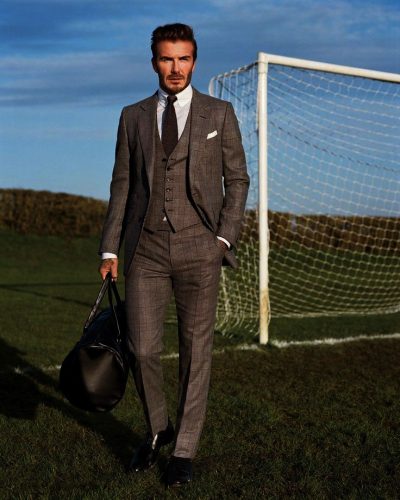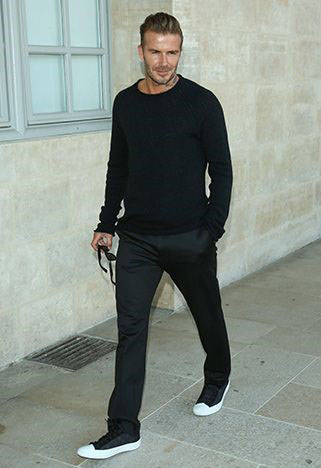By Brooke Glasford
We exist in a world that moves very literally at the speed of sound—as quickly as something happens, the majority can know about it. Is this completely terrible? Of course not, but the connectivity that we currently exist in gives everyone the opportunity to author an op-ed or lead articles in investigative journalism. This also creates the opportunity to misinterpret and read situations through the lens of emotion and very rarely fact.
It is somewhat common knowledge that as much as seventy percent of communication is nonverbal. Though this may seem like it leaves much room for error and miscommunication, our often-overstimulated brain is siphoning through countless data touchpoints at a mile per minute, and undoubtedly makes more connections subconsciously than we are even able to recognize.
When it comes to appearance, how in control are you of what you are saying to everyone else? How much thought do you need to give to what you’re wearing?
A large proportion of people may say it doesn’t matter how you appear, but the old adage, You never get a second chance to make a first impression was top of mind while researching this article. Whether you are pleased with it or not, what you wear, who you wear, when you wear it, all has a bearing on what you are telling every person you encounter.
It would be wise of us to recognize this piece of information for the gift that it is. For centuries those in the public eye and their advisers, have used these facts to control how they are perceived. Wearing specific colours, shoes, silhouettes all relay something different – they give people the opportunity to resonate with an audience or subconsciously alienate themselves from one. When those in PR say public relations doesn’t sleep, they mean it.

(Image via GQ.com)
In the case of the dapper don, a level of professional capacity may be construed, they immediately seem more serious, more capable, more adept. The colour they are wearing, whether they are wearing a tie, down to how many buttons are opened on their shirt, influences how we view them.
Whereas with the t-shirt and jean combination of a young entrepreneur, they seem far more approachable, but their uniform can also cause them to be underestimated; a fact that, in this life sized game of chess we are playing, they can use to their advantage.
Though seemingly fickle, there is psychology behind fashion – messages can be sent, understood, responded to, and distorted, all in what you’re wearing. The only real question to pose is, what are you trying to say?







